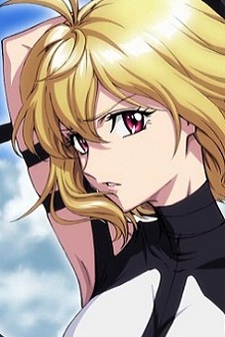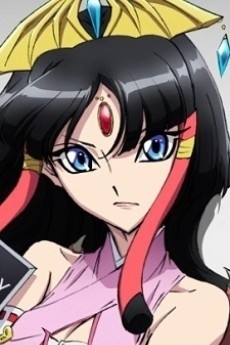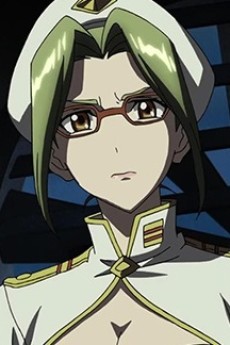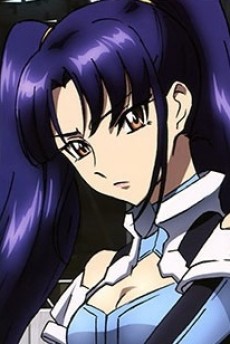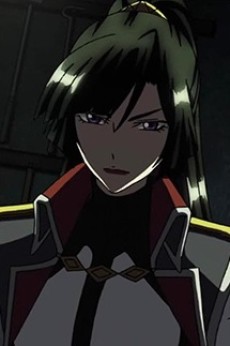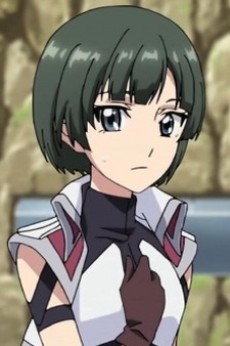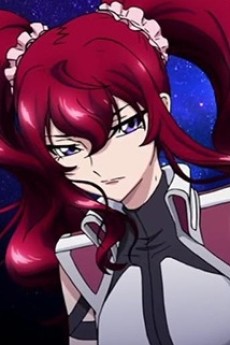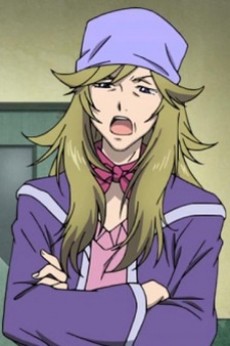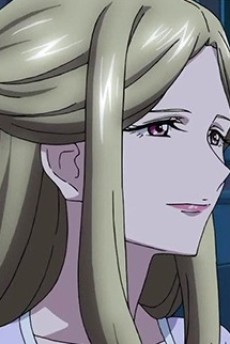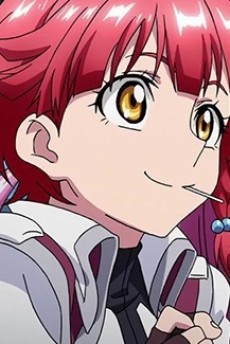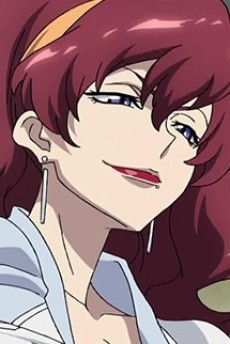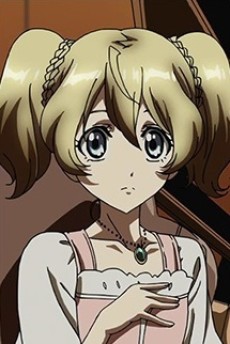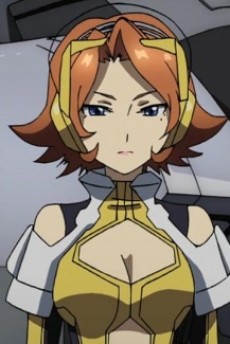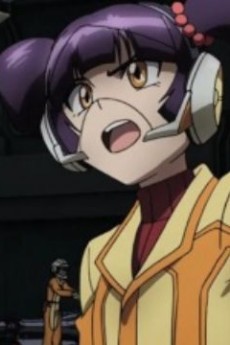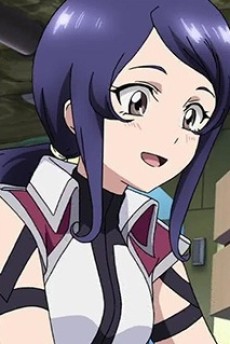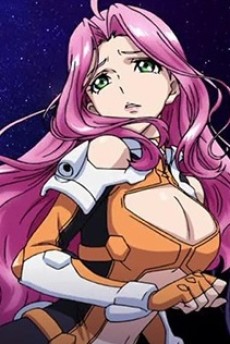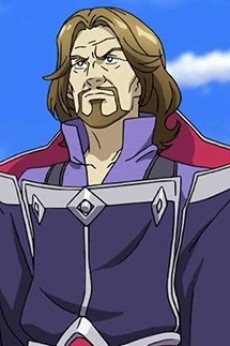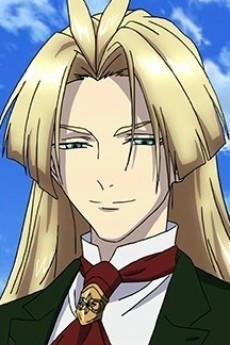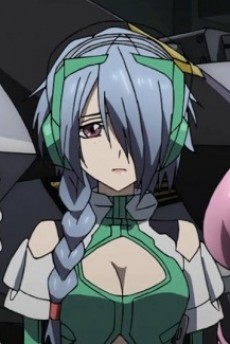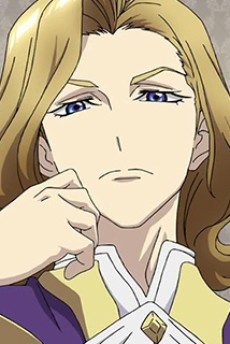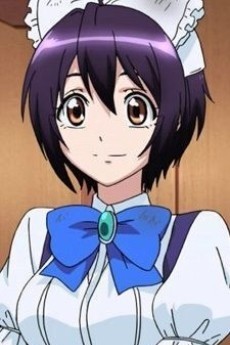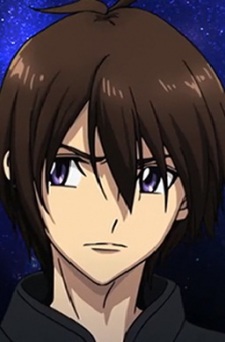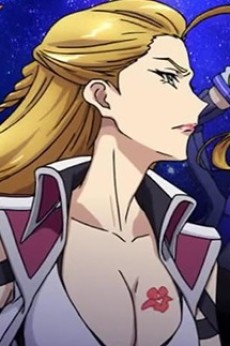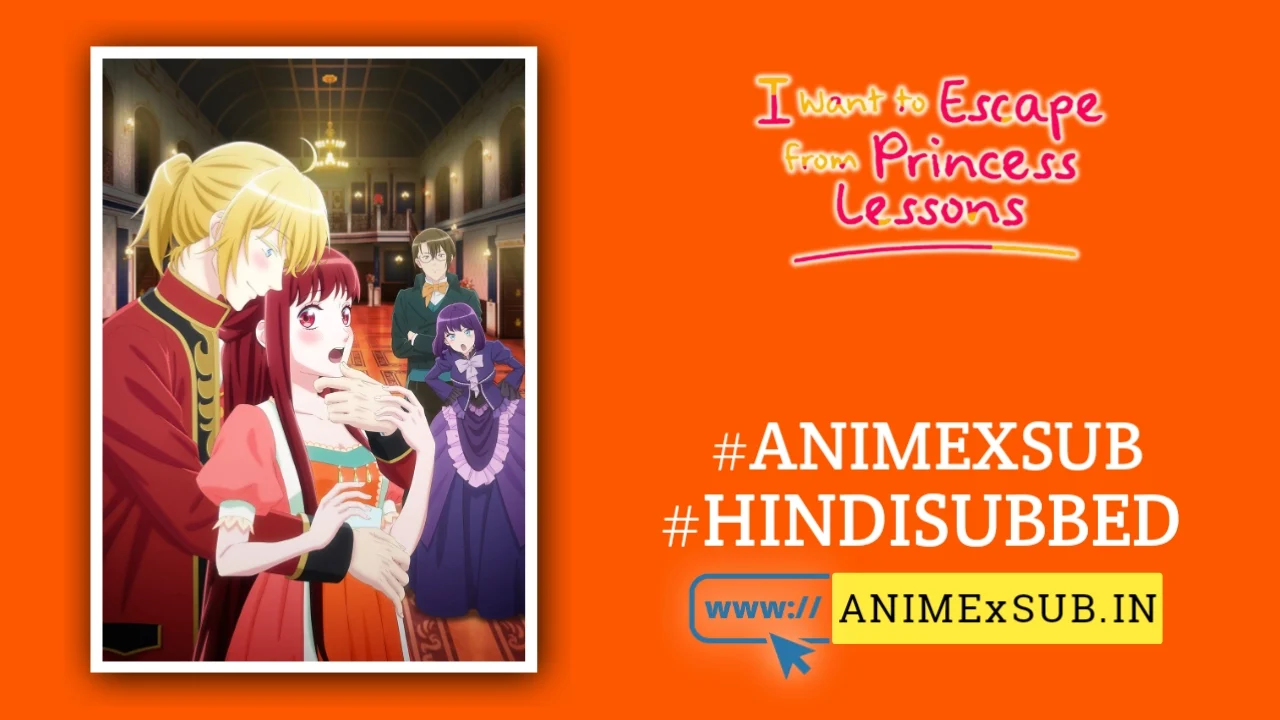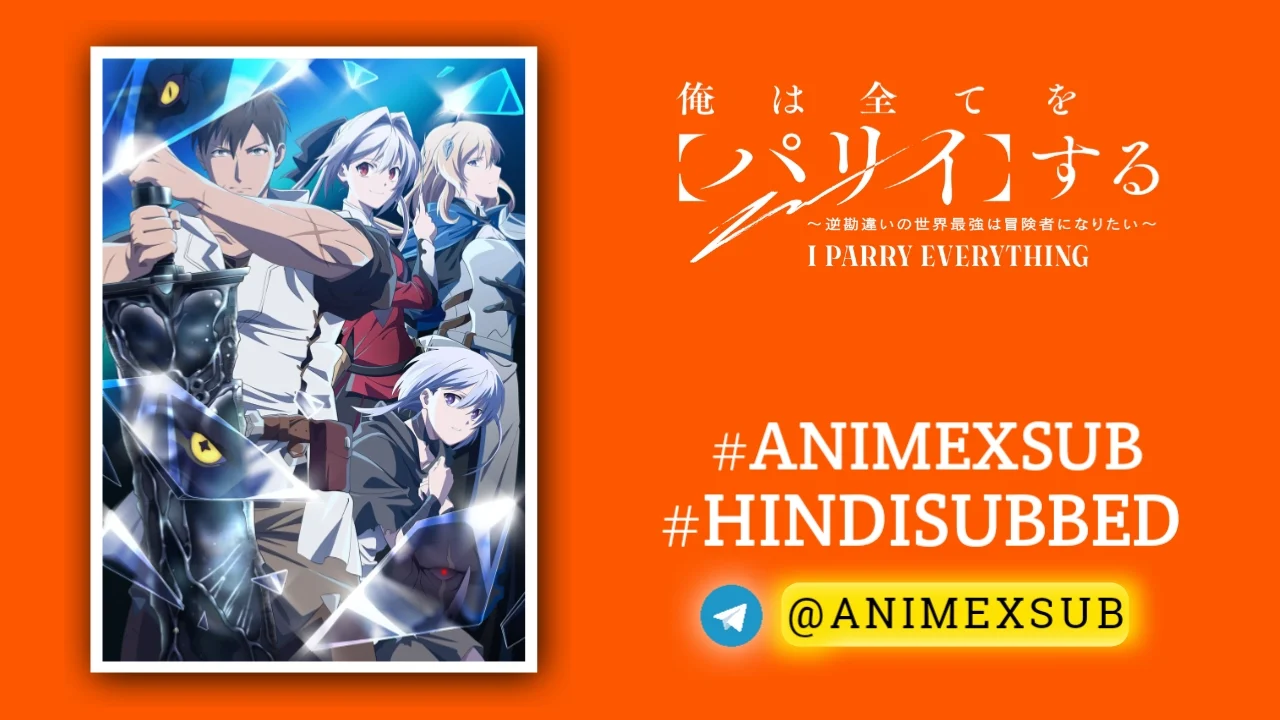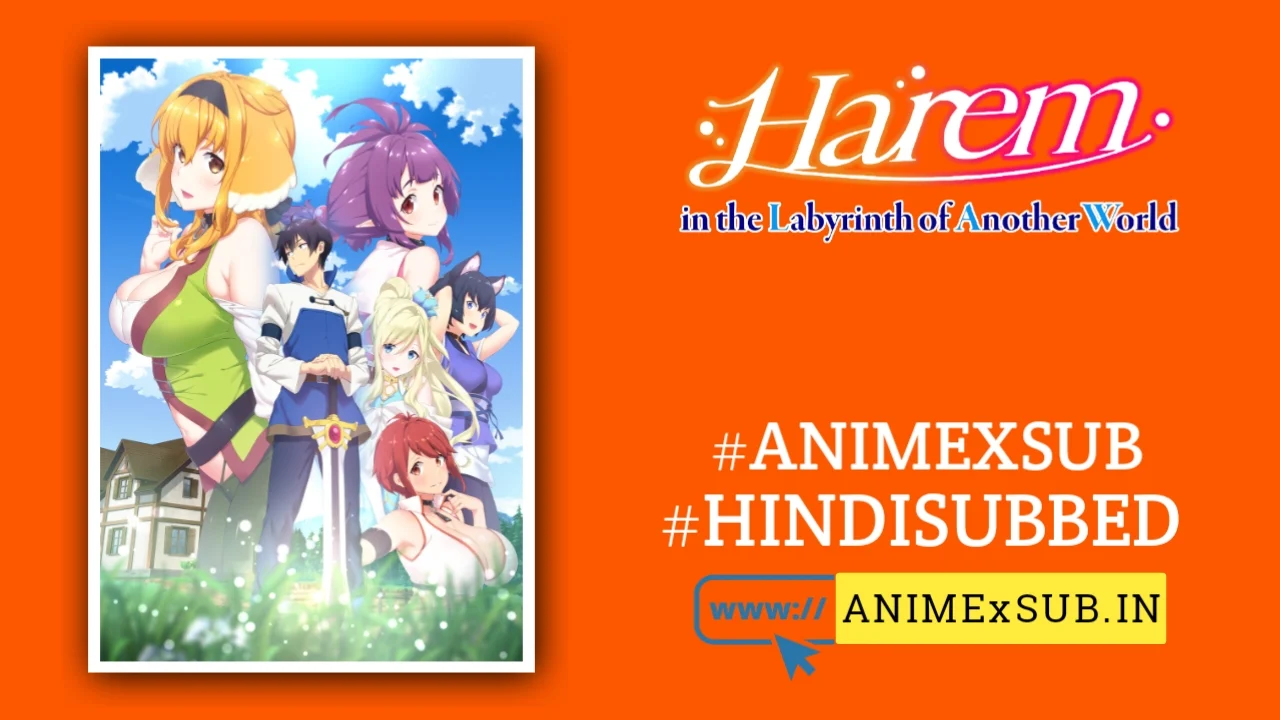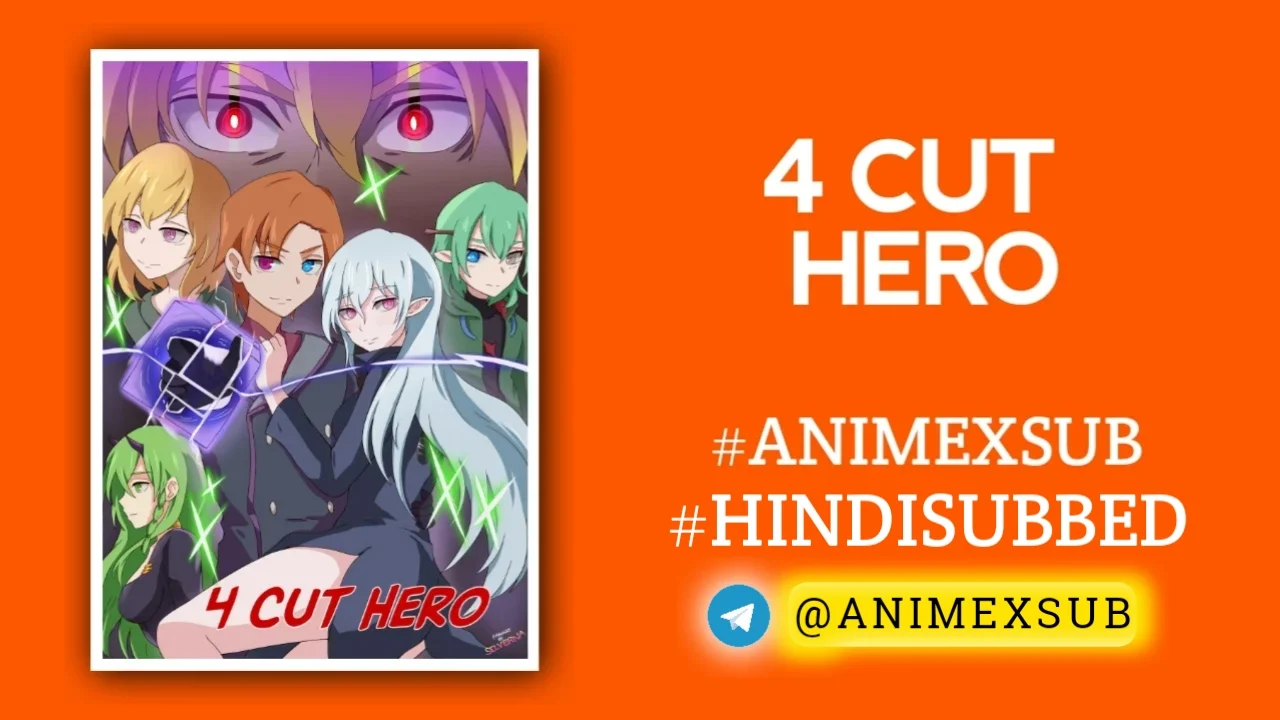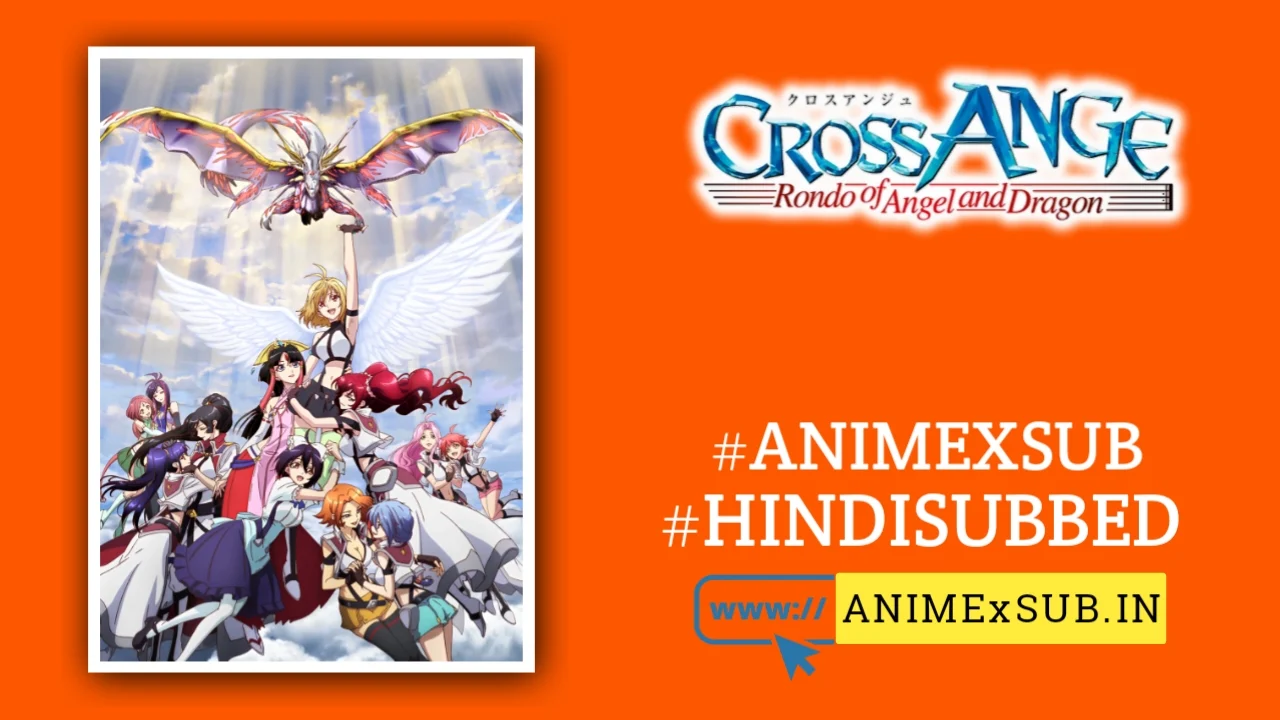
Cross Ange: Rondo of Angel and Dragon Hindi Subbed [25/25] {Complete}
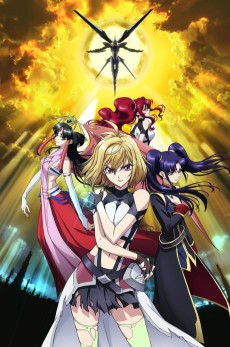
Cross Ange: Tenshi to Ryuu no Rondo
Cross Ange: Rondo of Angel and DragonSynopsis
Betrayed, stripped of her birthright, and declared less than human. Everything that Princess Angelise Ikaruga Misurugi of the Misurugi Empire thought she knew about her world was a lie. Now, for the crime of not being able to use magic, she’s been sentenced to certain death as a slave-soldier. The girl now known as Ange is no longer an innocent Princess: she’s learning how to kill draconic invaders, defending the same traitors who stole her life. However, they made a fatal mistake: they gave her access to an incredible weapon. (Source: Sentai Filmworks)
Watch Trailer
Characters
Cross Ange: Rondo of Angel and Dragon Season 1 – A Gritty, Unapologetic Mecha Masterpiece
Cross Ange: Rondo of Angel and Dragon Season 1 is a bold, divisive, and unforgettable anime that defies conventions with its raw intensity, complex character arcs, and a narrative that dares to confront uncomfortable truths. Produced by Sunrise, known for the Gundam franchise, this 25-episode series (2014-2015) blends mecha action, dystopian fantasy, and socio-political commentary into a provocative package that’s as thrilling as it is polarizing. This review dives into what makes Cross Ange a unique, epic, and deeply informative experience, exploring its strengths, flaws, and why it remains a standout in the anime landscape.
A World Built on Mana and Marginalization
Set in a futuristic world where humanity wields “Mana,” a light-based magic that powers everything from daily chores to military might, Cross Ange introduces a society divided by those who can use Mana and those who cannot—the “Norma.” The Norma, deemed subhuman and inherently violent, are ostracized, imprisoned, and forced to pilot mecha (Paramails) to battle interdimensional dragons. The story follows Angelise Ikaruga Misurugi, a princess of the Misurugi Empire, whose idyllic life shatters when she’s exposed as a Norma, stripped of her title, and exiled to the brutal military outpost of Arzenal.
This premise sets the stage for a narrative that’s equal parts action-packed and introspective, tackling themes of discrimination, identity, and rebellion. The world-building is intricate, weaving together a dystopian hierarchy, advanced technology, and a mysterious dragon threat that challenges the viewer’s perception of good and evil. Unlike many mecha anime, Cross Ange uses its fantastical elements to mirror real-world issues, making it a compelling study of societal prejudice and personal redemption.
Ange: A Heroine Forged in Fire
At the heart of the series is Angelise, or Ange, whose transformation from a naive, entitled princess to a hardened, defiant warrior is one of the most compelling character arcs in modern anime. Initially unlikable—arrogant and prejudiced against the Norma—Ange’s journey is a slow burn, marked by trauma, betrayal, and eventual self-discovery. Her refusal to conform, coupled with her growing empathy for her fellow pilots, makes her a standout protagonist who defies the typical “chosen one” trope.
The supporting cast is equally dynamic, with characters like Hilda, a cunning and ambitious pilot, and Salamandinay, a dragon princess with her own agenda, adding depth to the narrative. Each character grapples with their own struggles—whether it’s Hilda’s desire for freedom or Salia’s desperate need for validation—creating a rich tapestry of motivations that drive the story forward. The series doesn’t shy away from morally gray characters, particularly the villainous Embryo, whose godlike power and twisted ideology pose a philosophical challenge to Ange’s rebellion.
Unflinching Themes and Social Commentary
What sets Cross Ange apart is its fearless exploration of heavy themes. The show tackles discrimination head-on, drawing parallels to real-world issues like racism and classism. The Norma’s treatment—stripped of rights and used as cannon fodder—mirrors historical and contemporary injustices, forcing viewers to confront the ugliness of societal hierarchies. The series also delves into trauma, with scenes of violence and implied sexual assault that are graphic and polarizing. While these moments can feel gratuitous, they underscore the harsh realities of Ange’s world, emphasizing her resilience and the cost of survival.
The narrative also subverts traditional anime tropes. The dragons, initially presented as mindless threats, are revealed to have their own culture and motivations, flipping the script on who the real monsters are. This twist, combined with the series’ critique of utopian facades, adds layers of complexity that reward attentive viewers.
Mecha Action and Visual Spectacle
Sunrise’s expertise shines in the mecha battles, which are fluid, intense, and visually stunning. Ange’s Paramail, the Villkiss, is a standout, its sleek design and versatile transformations (from robot to jet) making every fight a spectacle. The choreography is dynamic, blending high-speed aerial combat with strategic teamwork, though the show’s budget occasionally shows in inconsistent animation quality. The dragon designs are equally impressive, ranging from sleek, serpentine creatures to massive, apocalyptic beasts, adding variety to the action sequences.
The art style is vibrant, with lush backgrounds and detailed character designs that reflect their personalities. The soundtrack, featuring Nana Mizuki’s powerful opening theme “Kindan no Resistance,” complements the series’ emotional and action-packed moments, while the voice acting (both Japanese and English dubs) delivers raw emotion and nuance.
Flaws That Fuel Debate
Cross Ange is not without its controversies. The heavy use of fan service—skimpy outfits, suggestive scenes, and a notorious beach episode—can feel jarring against the show’s darker themes. For some, this undermines the narrative’s weight; for others, it’s a deliberate commentary on exploitation, reflecting the Norma’s dehumanization. The pacing can also be uneven, with early episodes dragging as Ange adjusts to Arzenal, and some plot twists (like Embryo’s full motivations) feel underdeveloped.
The series’ provocative content, including graphic violence and implied sexual assault, has sparked debate about whether it crosses the line from impactful to exploitative. These elements demand a viewer who can handle discomfort and engage with the show’s deeper intentions, making it a polarizing watch that’s not for everyone.
Why It’s Next-Level
Despite its flaws, Cross Ange is a masterclass in blending genres and pushing boundaries. Its refusal to sugarcoat its themes or cater to mainstream sensibilities makes it a bold departure from conventional anime. The series’ exploration of identity, rebellion, and the cost of freedom is both epic in scope and deeply personal, anchored by Ange’s transformation and the ensemble cast’s growth. It’s a story that challenges viewers to question societal norms, empathize with the marginalized, and embrace the messiness of human resilience.
The show’s uniqueness lies in its ability to balance spectacle with substance. The mecha battles and dragon conflicts provide adrenaline-pumping action, while the character-driven drama and social commentary offer intellectual heft. It’s a series that evolves with each episode, revealing new layers of its world and characters, culminating in a finale that’s both emotionally satisfying and thought-provoking.
Final Verdict
Cross Ange: Rondo of Angel and Dragon Season 1 is a wild, uncompromising ride that blends mecha action, dystopian drama, and social critique into a singular experience. It’s not perfect—its fan service and pacing issues may alienate some—but its ambition, depth, and fearless storytelling make it a standout. For viewers willing to embrace its raw intensity and grapple with its themes, Cross Ange offers a powerful, unique, and epic journey that lingers long after the credits roll.
Rating: 8.5/10 – A flawed but unforgettable gem that redefines what mecha anime can be.
Sources: Insights drawn from reviews on MyAnimeList, Anime News Network, and Marooners’ Rock, combined with critical analysis of the series’ themes and execution.
Support Our Anime Community!
Love watching the latest anime? Help us keep uploading new episodes by join telegram channel ❤️
Join Now!